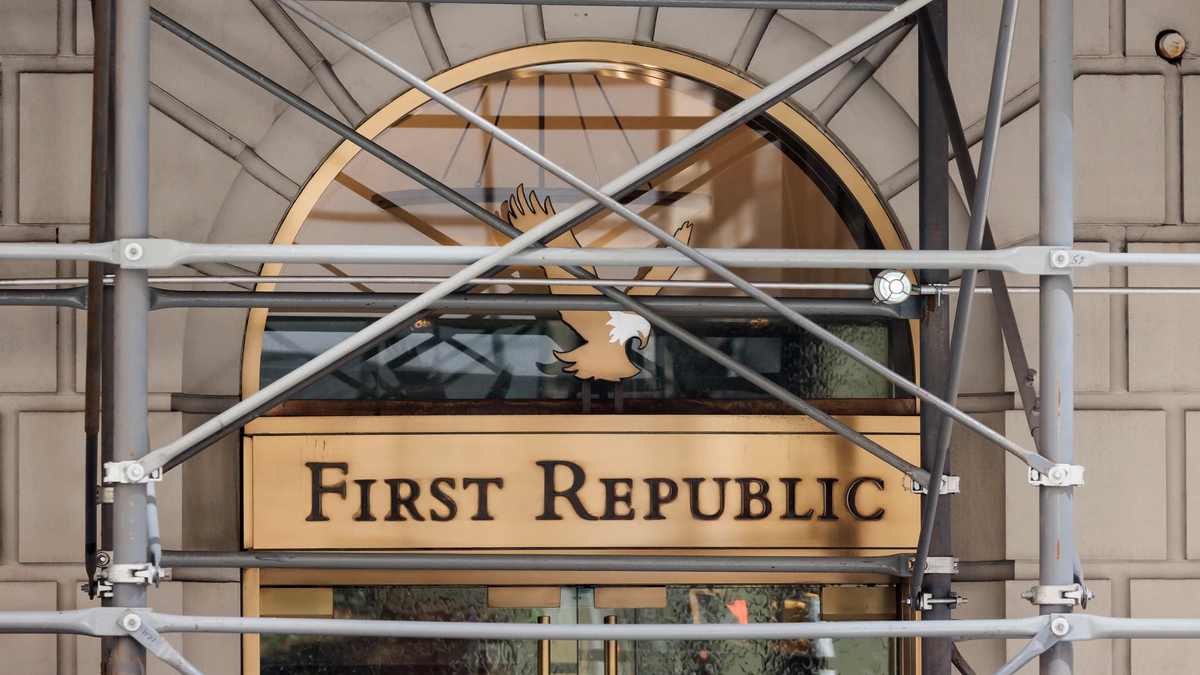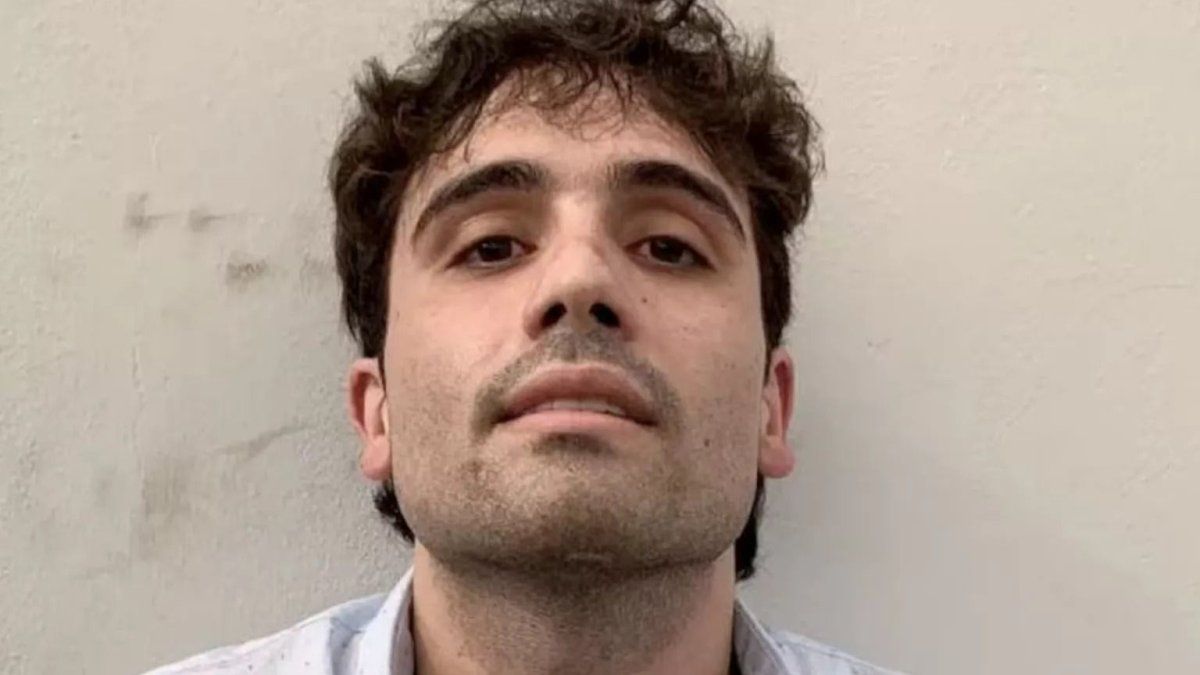“This action by America’s largest banks reflects their confidence in First Republic and in banks of all sizes”indicated the group, after the bankruptcy of three entities in the sector in less than a week.
“This show of support from a group of large banks is very welcome, and demonstrates the resilience of the banking system,” said senior officials from the Treasury Department, the Federal Reserve (Fed, central bank), and the Federal Deposit Insurance Corporation (FDIC), as well as the Office of the Comptroller of Currency, in a joint statement.
First Republic was at the center of the storm this Thursday on Wall Street, with its stock falling, but it rebounded strongly after press reports that suggested what ended up happening: 11 large banks came to the rescue of their competitor to avoid an eventual bankruptcy and thus sustain the sector.
The day started badly for this bank, with a fall that reached 36% after an article by the Bloomberg agency that stated that First Republic was exploring “strategic options” for its future, including a possible sale. On Wednesday its shares lost 21% and fell 73% since March 8.
But the situation turned around after information from The Wall Street Journal which noted that JPMorgan Chase, Morgan Stanley and other big banks were trying to bail him out.
The stock returned to positive territory after the CNBC network would specify that giants of the sector could spend up to 20,000 million dollars in this rescue plan, a figure that later ended up being higher.
First Republic, founded in 1985 in San Francisco, is the fourteenth largest US bank in asset volume with $212 billion at the end of 2022. It provides private banking services to individuals and businesses, as well as wealth management.
According to the S&P Global Ratings agency, 68% of deposits in First Republic are in accounts that exceed $250,000, the limit usually guaranteed by the federal agency FDCI. Hence the fears of the market.
Investors and analysts feared that many clients would prefer to move their money to banks that a priori have no risk of bankruptcy because they are too large for regulators to allow their closure.
But “the banking system has solid credit, abundant liquidity, important capital and strong profitability. Recent events have not changed that situation,” the 11 banks said in their joint statement.
Bank of America, Citigroup, JPMorgan Chase and Wells Fargo, the country’s four largest banks will each contribute $5 billion.
Business banks Goldman Sachs and Morgan Stanley will contribute $2.5 billion each, while BNY Mellon, PNC Bank, State Street, Truist and US Bank will each contribute $1 billion.
The announcement follows the failure of three banks in less than a week in the United States, marking the worst bankruptcies since the 2008 financial crisis and prompting US authorities to clamp down very quickly to protect deposits.
The authorities’ assessment was that there was a “serious risk of contagion and massive withdrawals” among clients who had funds above what was guaranteed by the federal apparatus in those two banks, Treasury Secretary Janet Yellen explained this Thursday. before a Senate committee.
Given the insolvency of Silicon Valley Bank (SVB) and Signature Bank, the authorities took control of both entities.
SVB, a historical lender to start-ups or emerging companies since the 1980s, was exposed to the interest rate hikes decided by the Federal Reserve to contain inflation, and its clients, who saw credit become more expensive, began to withdraw deposits.
Amid these fears, the Federal Reserve also announced a mechanism to grant funds to banks if they needed them to respond to customer demand.
After the markets closed this Thursday, the Fed announced that it lent almost 12,000 million dollars to US banks since Sunday.
“This week’s actions demonstrate our commitment to ensuring our financial system remains strong and depositors’ savings remain safe,” Yellen told the Senate Finance Committee.
“I can assure the members of the committee that our banking system is solid,” he added at this hearing, intended in principle for Joe Biden’s federal budget proposal for 2024.
Contagion fears spread to Europe. In Switzerland, Credit Suisse entered the storm on Wednesday and collapsed 24.24% on the stock market.
This Thursday its action recovered after the entity announced in the early hours of Thursday, European time, that it will borrow up to 50,000 million Swiss francs (53,700 million dollars) from the central bank.
Source: Ambito
I am a 24-year-old writer and journalist who has been working in the news industry for the past two years. I write primarily about market news, so if you’re looking for insights into what’s going on in the stock market or economic indicators, you’ve come to the right place. I also dabble in writing articles on lifestyle trends and pop culture news.




